Shooting by Michael Lang
I. Concepts
A. Shooting is Repetition
1. “The difference between a good shooter and a great shooter is about 30,000 shots in the summer.” – Dick Motta
2. This repetition is even more important than the fundamentals.
a. There have been great shooters who have glaring flaws in their fundamentals. The consistency of the repetition, however, overcame the poor fundamentals
b. The best scenario, however, is to develop proper fundamentals and then also make the commitment to repetitious practice..
B. Great shooters are MADE , not BORN.
1. Some coaches believe shooters cannot be made, that they are naturally endowed..
2. We believe coaches cannot make shooters; only players can make themselves shooters.
a. Coaches can help a great deal by teaching proper fundamentals.
b. But the player, and only the player, can make up his mind to commit to the time and the repetition of the shot, which leads to confidence and ultimately shooting greatness.
C. Shooting , the Face, and Cybernetics
1. The field of Cybernetics teaches us that we remember our mistakes and failures and do not remember our successes.
a. Great shooters reverse this. They remember their successes.
2. You know a great shooter by this facial expression after the missed shot.
a. He shows no emotion.
b. He simply gets back on defense.
c. He knows that excellent shooters miss half their shots. A 50% jump shooter, especially when a good percentage of his shots come from three-point range, is a great asset to be team.
d. When the great shooter misses, he has the confidence to know, to feel, that his next shot is going in.
D. Distance and Pressure
1. Shooters must know that two concepts create a good shot.
a. Distance
i. Shooters must know their range and only shoot from their range.
· Your range is where you consistently make 6 or 7 out of 10 shots when no one is guarding you.
· Your range is where you exert very little effort to shoot. Your rhythm is almost effortless.
· You must know that one step back from your range is out of your range. You can feel the necessity for more effort when you take this one step back.
· Your range is where, when you miss, you are surprised. You are so confident that you will score from this spot, that when the ball does not go in, you are surprised…. This is confidence; you’re not being cocky.
b. Pressure
i. When you are guarded closely, you do not shoot.
· Even though you are in your range, the defense does dictate what a good shot is.
ii. You want to help your team, not hurt your team.
· Drive or pass and out when closely guarded.
· Do not hurt your team with poor shot selection.
E. Shooting is Rhythm
1. Shooters do not think in games; they react in rhythm.
2. When a shooter gets in a slump, he should work on the rhythm of his shot.
a. We believe in the “Dip, Bend, Shoot” rhythm and this should be the slumping shooter’s point of emphasis.
` 3. Great shooters do not lose their fundamentals; but they can lose their rhythm.
F. 21 Days
1. The field of Cybernetics teaches that if an athlete is to change a habit, is to change a “muscle memory,” it will take 21 days of conscientious work on the new technique to change the habit.
2. Shooters must know this.
a. If they are to change something in their shot, that change will not feel comfortable and natural until they have consciously done it for three weeks.
II. The Fundamentals of Shooting
A. We teach nine fundamentals for the jump shot.
1. Feet and Balance Center
2. Eyes
3. Grip
4. Power and Rhythm
5. Alignment
6. Jump
7. Release
8. Follow Through
9. Shooting Off-the-Move Footwork
B. We teach two methods of Advanced Shooting.
1. Shooting off the Jab Step.
2. Shooting off the Marquette dribble.
C. Feet and Balance Center
1. We want the feet approximately shoulder-width apart.
2. We would like the foot of the shooting hand slightly advanced.
a. If you put your feet together, the toes of your back foot would be at the middle ach of your front foot.
b. This foot placement gives you balance both side to side and backward and forward.
3. We always want to start the shot in a medium center.
4. If you are in a Spot-Up position, awaiting a pass for a shot, we want your non-shooting foot forward with your heel on the floor and the ball of your foot lifted off the floor. We also want you in a medium center.
a. As the pass comes to you, you step into the shot with your shooting foot, then catch, center and dip the ball to drive your legs into the shot.
b. This “Walking into the so” technique enhances your power and rhythm.
c. We especially want this stance for a three-point Spot-Up shot.
D. Eyes
1. It is important to decide if you are a rim shooter or a backboard shooter when you are at a 45 degree angle from the basket.
a. We want that decision made the very first day we have practice.
i. We never want a player to begin his jump shot in a game and have indecision once in the air.
ii. You are always a rim or always a backboard shooter from this angle and you decide that at our first practice.
b. If you are a backboard shooter, your eyes focus only on the upper inside of the square painted on the backboard. That is where you want to shoot or place the ball.
2. There are many theories on what you focus your eyes on when your target is the rim:
a. The whole rim.
b. The front of the rim.
c. The back of the rim.
d. The cylinder within the rim.
3. Our preference, if a shooter can develop the discipline, is the middle ringlet focus.
a. Wherever you are on the floor, if you look to the ringlets holding up the net, you will see three of them.
i. We then ask our players to focus on the middle of the three.
ii. With discipline and concentration, you can develop this skill for both the stationary shot and the shot off-the-move.
b. Like throwing darts and aiming at the bull-eye, if you focus on the middle ringlet, you have room for error and can still make the basket.
i. The basket is 18 inches in diameter and the ball is 9 inches in diameter.
4. Your eyes never want to follow the trajectory of the ball.
a. If you fall into this habit, your head will go back and your head going back will totally destroy your balance.
i. The head weighs 45 pounds and if it moves during the shot, you will never become a great shooter.
ii. The head goes where the eyes go, so, if the eyes follow the ball, the head will jerk backward and upward.
b. Whatever the shooter chooses to focus his eyes on, his eyes must stay on that focal point until the ball hits the rim.
i. It is paramount to keep the head “steady and ready” throughout the shot.
5. Finally, pick a rim target and stay with it.
a. Do not change on a frequent basis from the front, to the back, to the whole rim to the middle ringlet.
We have a new basketball coaching contributor in Michael Lang. I think that you will like his basketball articles that he will be writing for Men’s Basketball HoopScoop.
Follow Coach Michael Lang on Twitter!!!
Click on the pdf link to download the basketball notes on shooting:

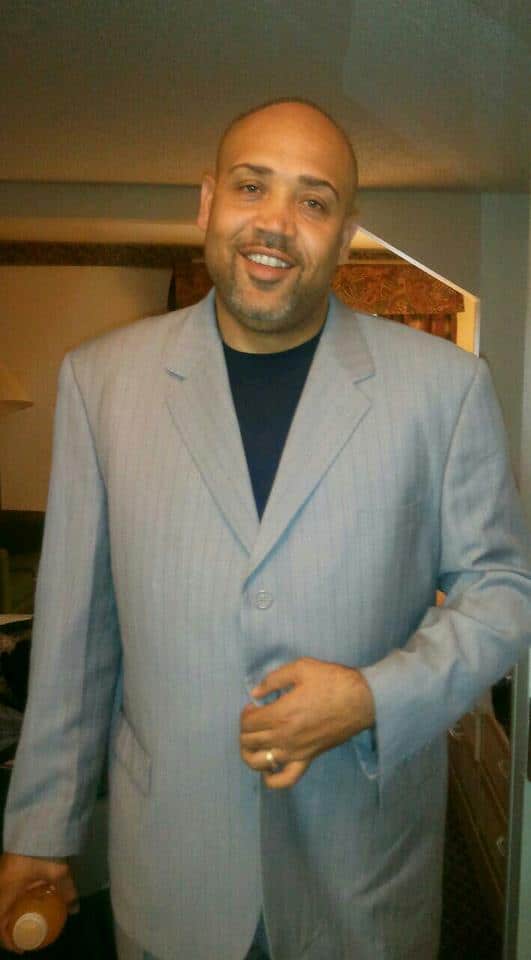
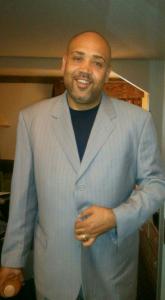
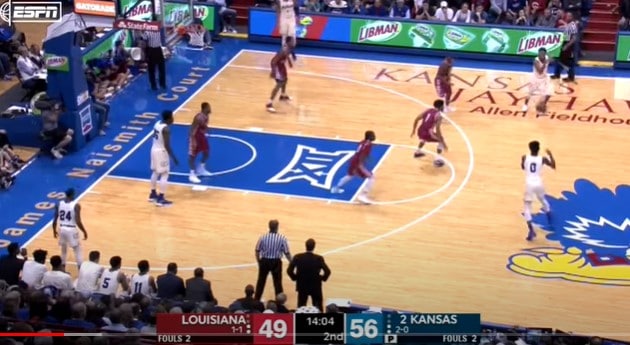
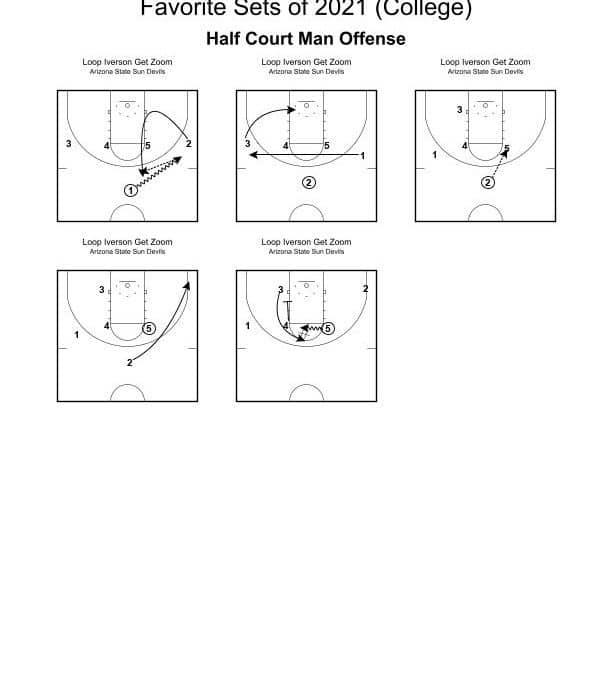
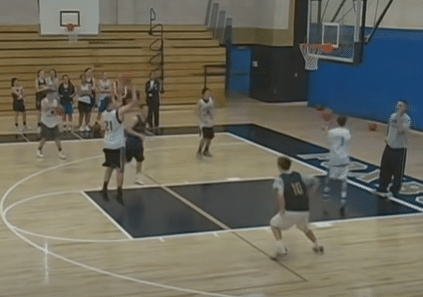
0 Comments